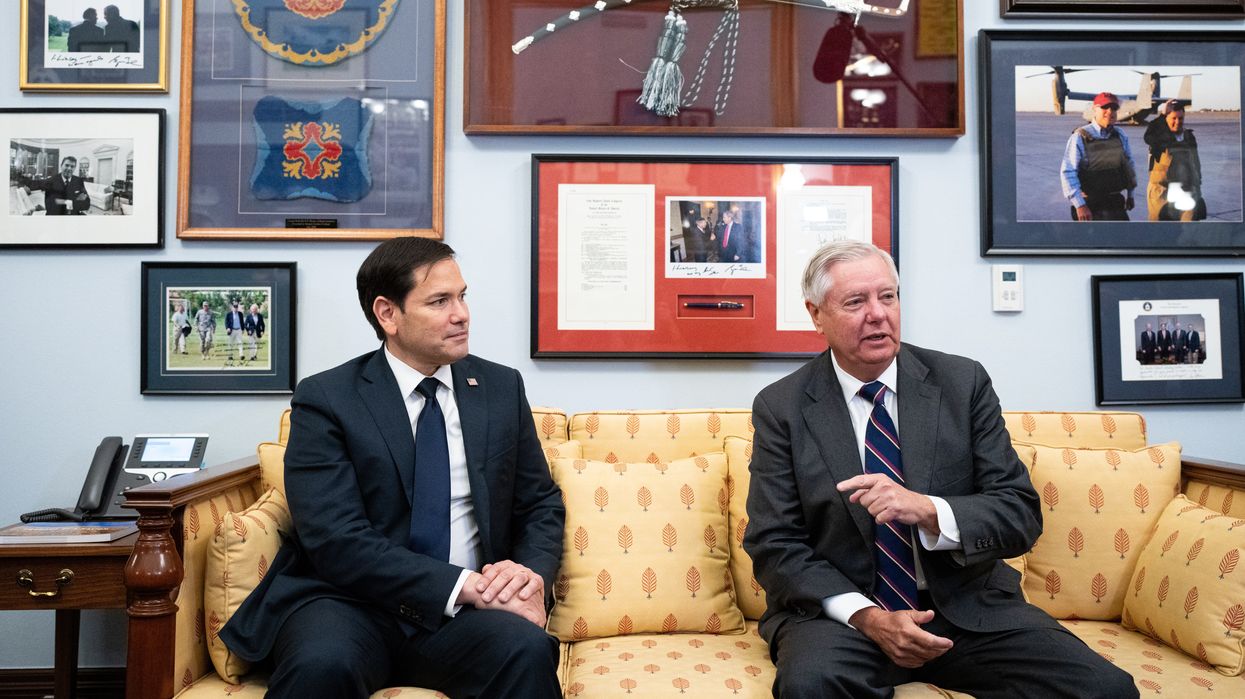This fact brief was originally published by Wisconsin Watch. Read the original here. Fact briefs are published by newsrooms in the Gigafact network, and republished by The Fulcrum. Visit Gigafact to learn more.
Does it take six months on average for the US Senate to confirm a president's nominees?
Yes.
The average time the U.S. Senate takes to approve nominees to a president’s administration is more than six months.
The nonprofit Center for Presidential Transition reported that as of Nov. 11, 2024, the average number of days has more than doubled under presidents elected since the 1980s:
Joe Biden: 192
Donald Trump: 160.5
Barack Obama: 153.3
George W. Bush: 108.2
Bill Clinton: 100.3
George H.W. Bush: 64.7
Ronald Reagan: 69.4
The nominees include more than 1,000 leadership positions, including Cabinet posts such as attorney general.
One reason for the six-month average: Any senator can “hold” a nominee’s confirmation, sometimes to extract something in return.
An August research paper concluded it is doubtful that reducing the number of positions needing confirmation would speed up confirmations.
Trump has said he wants the Senate to allow “recess appointments,” which wouldn’t require Senate confirmation, for his next administration.
The issue was raised Nov. 21 by U.S. Sen. Ron Johnson, R-Wis., who called for streamlining confirmations.
This fact brief is responsive to conversations such as this one
Sources
Center for Presidential Transition: Senate Confirmations Slow to a Crawl
Bipartisan Policy Center: What’s the Hold Up on Senate Nominees?
University of Chicago Center for Effective Government: Democracy Reform Primer Series Reducing the Number of Senate-Confirmed Appointees
New York Times: Could Trump Install Gaetz Without Senate Approval? A Recess Appointment Primer
Cumulus News Talk: Donald Trump's Upcoming Confirmation Battles | The Vince Coglianese Show



















